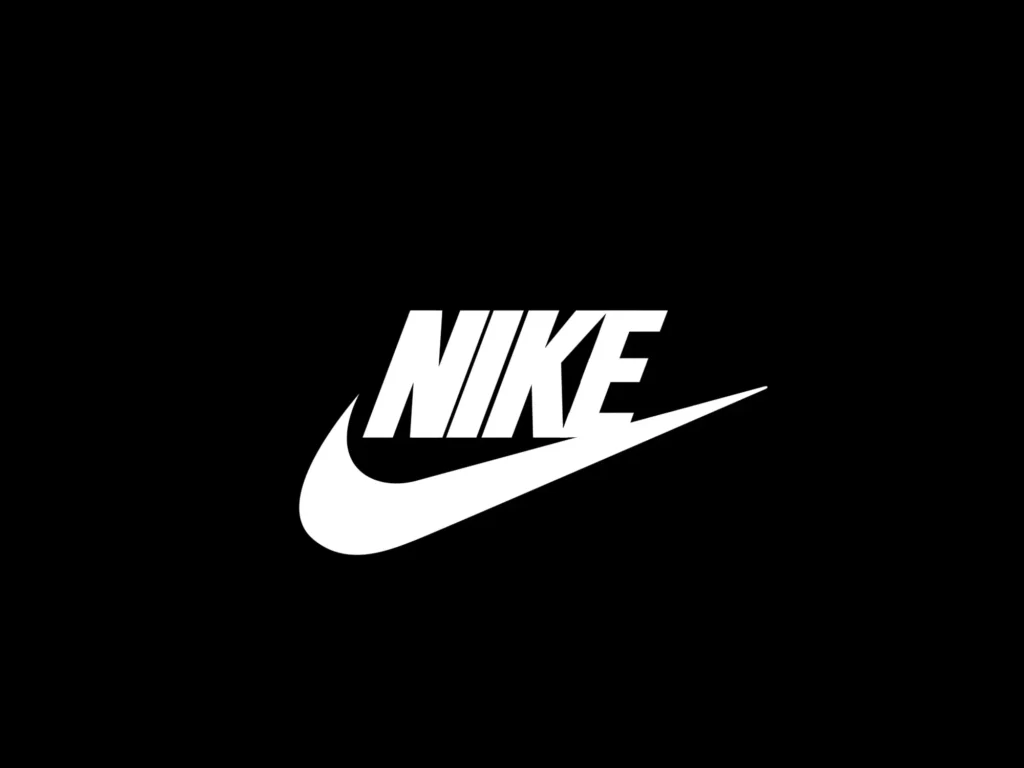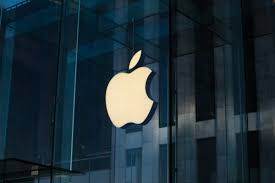The Rise and Global Influence of Coca-Cola
Introduction: A Cultural IconCoca-Cola, one of the world’s most recognizable brands, began its journey in 1886 in Atlanta, Georgia. Founded by John S. Pemberton, Coca Cola quickly became much more than just a refreshing drink—it became a cultural phenomenon. Over the years, the company’s marketing genius, product innovation, and global expansion have made it a household name. The Early Years and GrowthWhen Asa Candler acquired Coca Cola in the late 1800s, it marked a turning point in the brand’s history. Through clever marketing strategies, including the use of innovative bottles and memorable advertising, Candler transformed Coca Cola from a local curiosity into a global brand. The first steps of Coca Cola’s massive growth were built on its strong marketing foundation. Key Insights into Coca-Cola’s Growth Post-WWII Era: Expansion and Global ReachCoca Cola’s global expansion took off after WWII, propelled by the widespread popularity of the brand among American soldiers stationed overseas. This helped Coca Cola establish a solid foundation in international markets. During this period, Coca Cola also introduced various flavors and established itself as a key player in the fast-growing beverage industry. Global Influence and Product DiversificationWith a footprint in over 200 countries, Coca-Cola has mastered the art of global branding. However, its expansion doesn’t stop at soda. From bottled water to fruit juices and energy drinks, Coca-Cola’s diverse portfolio now includes popular brands like Dasani, Minute Maid, and Powerade. These products help the company remain relevant to consumers in an increasingly health-conscious world. Coca-Cola’s Business Model and StrategyCoca-Cola’s business model is built on a highly effective network of bottlers, which ensures that the brand is available globally. This system allows the company to focus on brand marketing and product innovation while leaving distribution to local bottling partners. This extensive network is crucial for maintaining Coca-Cola’s reach across regions. Coca-Cola Financial Summary As of the latest available data for fiscal 2024, Coca-Cola’s financial performance reflects its robust market position and diversified product portfolio. These figures demonstrate Coca-Cola’s ability to continue delivering strong financial results in a competitive global marketplace. Coca-Cola Company Stats These statistics highlight Coca-Cola’s enormous reach and operational scale, making it one of the most powerful beverage companies worldwide. Coca-Cola (KO) Stock Price Performance Coca Cola’s stock, listed under the ticker KO, has shown consistent growth over the years. Here’s a brief look at its recent performance: Coca-Cola’s steady stock performance and dividend consistency continue to make it a reliable choice for long-term investors. Challenges and Controversies Despite its overwhelming success, Coca Cola has faced numerous challenges, particularly regarding health and environmental sustainability. In response to growing health concerns about sugar, Coca Cola has reduced the sugar content in its beverages and introduced healthier alternatives like Coca Cola Zero Sugar and Coca Cola Life, which uses stevia as a sweetener. Environmental sustainability remains a critical issue, with Coca-Cola having to address concerns about plastic waste and water consumption. The company has pledged to make all of its packaging recyclable by 2025 and to significantly reduce its water usage. Coca-Cola Sustainability Initiatives Initiative Goal Achievements Water Stewardship Reduce water usage Replenishing 100% of water used in production Recycling & Plastic Reduction Increase recycling rates Achieved 50% recycled PET plastic in bottles Carbon Footprint Reduction Lower CO2 emissions Reduced carbon emissions by 25% (2019-2022) Coca-Cola Today: Adaptation and Leadership Under the leadership of CEO James Quincey, Coca Cola continues to thrive by focusing on innovation, sustainability, and expanding its product line to meet changing consumer preferences. The company has embraced the shift towards healthier beverages and is diversifying its portfolio with products like plant-based drinks and organic juices. Coca Cola has also taken significant strides toward environmental responsibility, addressing challenges such as carbon emissions and waste management. Future Outlook: Innovation and GrowthLooking toward the future, Coca-Cola’s focus on sustainability, healthier options, and product innovation will likely shape its continued success. As the global beverage industry evolves, Coca Cola is well-positioned to adapt to trends like sugar reduction, plant-based beverages, and eco-friendly packaging. Coca-Cola’s Portfolio Expansion Beverage Type Example Products Market Position Carbonated Beverages Coca Cola, Sprite, Fanta Market leader Water Dasani, Smartwater Leading brand Juices Minute Maid, Simply Popular in North America Sports Drinks Powerade Strong presence in North America Plant-based Drinks AdeZ, Fairlife Emerging market ConclusionCoca-Cola’s transformation from a local soft drink into a global leader is nothing short of remarkable. By continuously innovating, expanding its product line, and staying true to its brand values of happiness and refreshment, Coca-Cola has become an integral part of global culture. The company’s commitment to sustainability and healthier options will likely define its future as it adapts to changing consumer demands and continues its dominance in the global beverage market. For more in-depth stories and industry insights, visit our Magazine Homepage.








